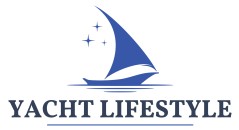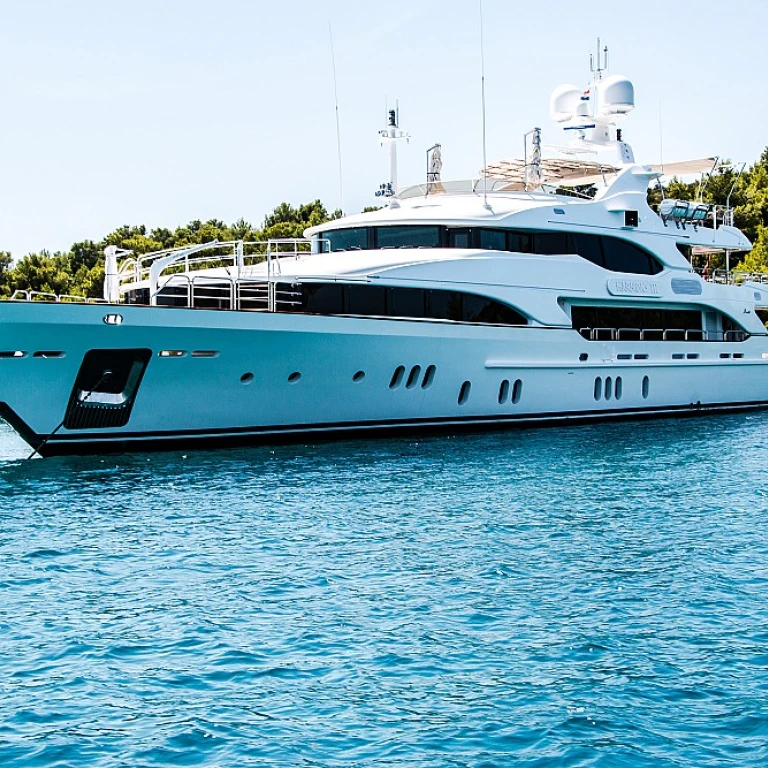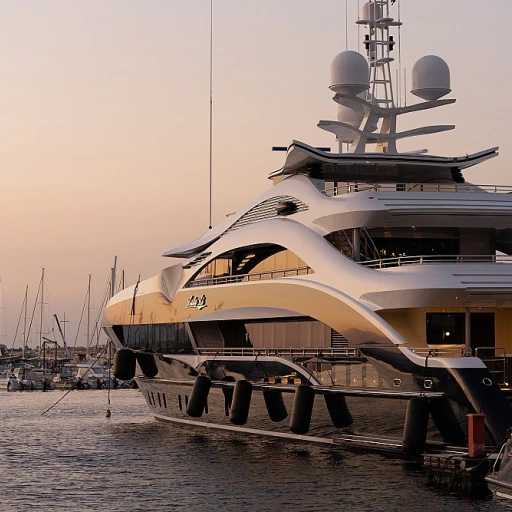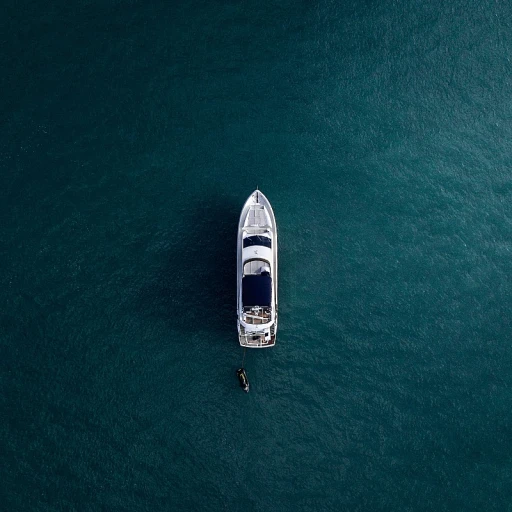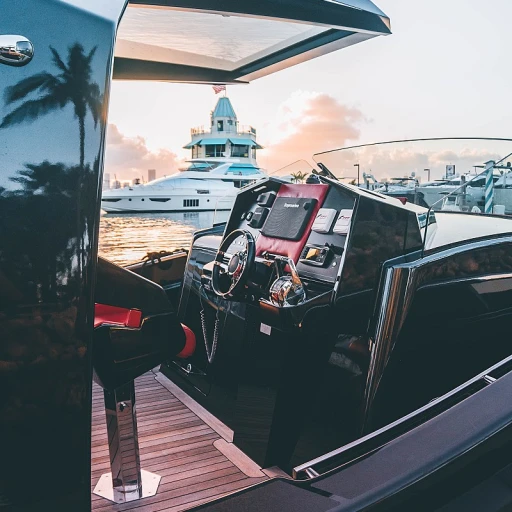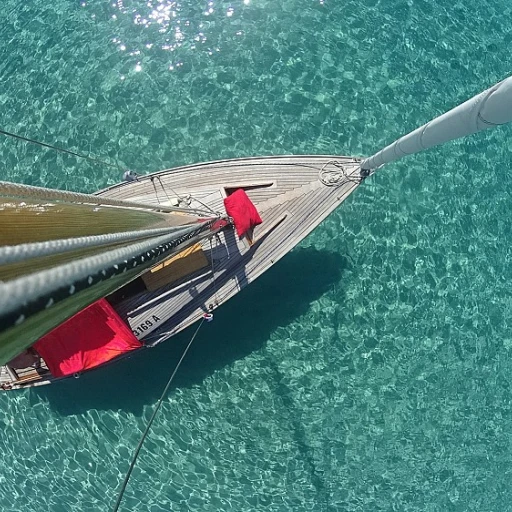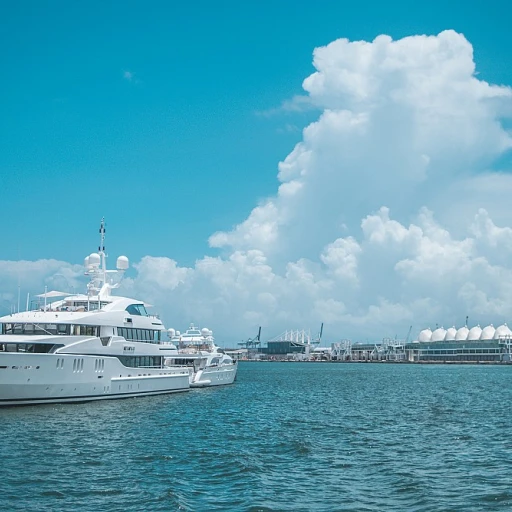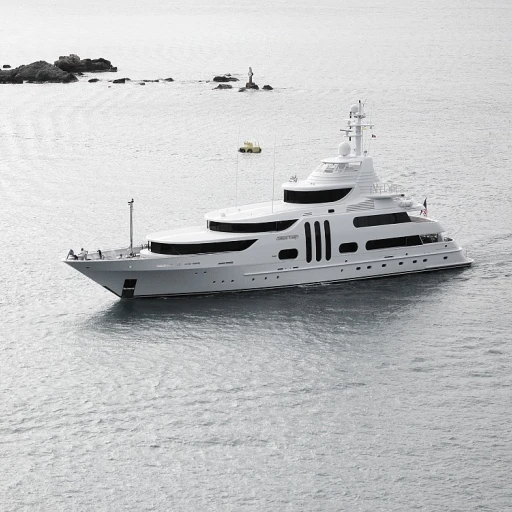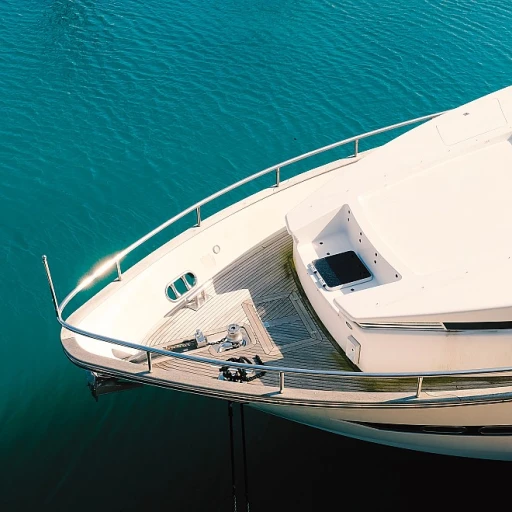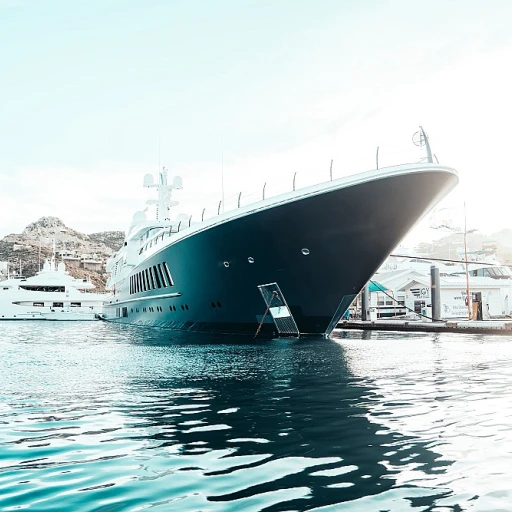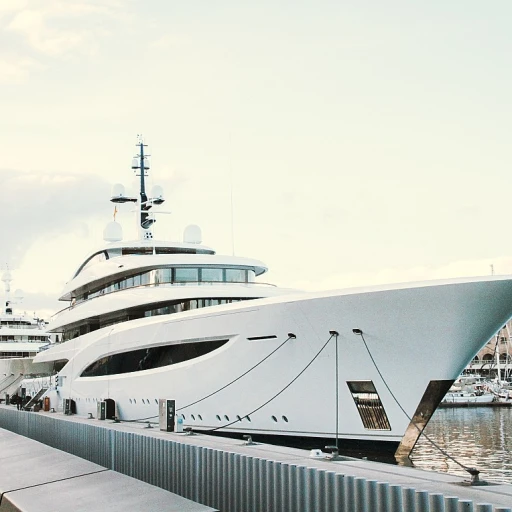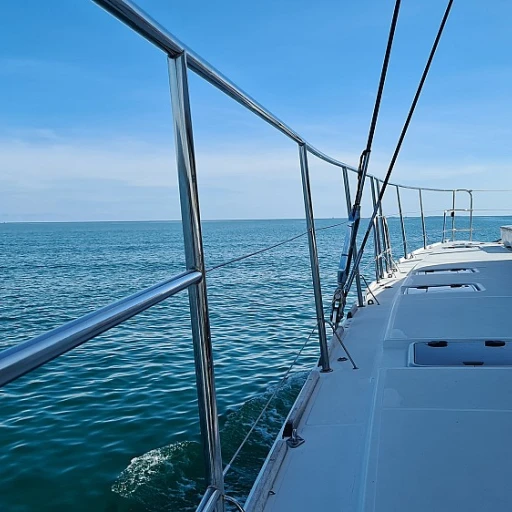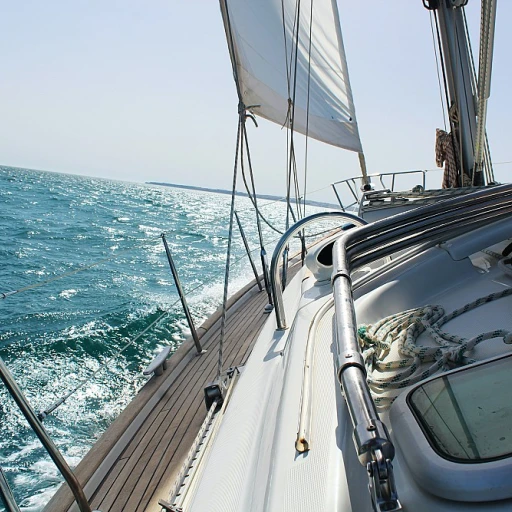
Understanding Dock Lines: The Basics
Unveiling the Fundamentals of Dock Lines
Dock lines, often referred to simply as lines or ropes, play a crucial role in safely mooring your boat. Understanding their basic characteristics can save you from unnecessary hassles and help you maintain your yacht efficiently.
Dock lines are typically available in various materials, with nylon being a popular choice due to its superior strength and elasticity. The material selection greatly influences the line's performance and longevity, which we will delve into further in the subsequent sections.
A standard dock line is composed of either three-strand or double-braided rope. The double braided construction is known for its smooth texture and flexibility, making it easier to handle. This option is preferred by many yachters for its combination of strength and ease of use.
When considering using dock lines, you'll need to evaluate the price, product specifications, and dimensions. Elements like width, aspect ratio, and overall weight capacity can impact your choice. Thankfully, options available in the market cater to various docking needs, providing robust solutions to secure your vessel effectively.
Images and shop files often preview products like nylon dock lines in different configurations such as black double braided options. These visuals are crucial for maritime enthusiasts to make informed decisions. Whether browsing a cdn shop or physical retail spaces, one should consider not only the material and price but also the dock line's plan allocations for a sound selling plan.
Stay tuned as we explore more about choosing the right materials, effective docking techniques, and the maintenance required for extending your dock line's life, along with recent innovations in the field.
Choosing the Right Material for Dock Lines
Selecting the Ideal Dock Line Material for Your Boat
Choosing the right material for your dock lines is crucial for ensuring security and boosting the longevity of your investment. Each type of line material comes with its own set of advantages and you’ll often see options like nylon and polyester dominating the market, particularly the dock and boating sectors.
Nylon is the top choice for many yacht enthusiasts due to its strength and elasticity, making it particularly effective for absorbing shock loads. Nylon dock lines are often available as double braided or with a three-strand construction. Double braided lines offer a smooth texture that is gentle on the hands and boat cleats, while the classic twisted versions provide greater flexibility.
When shopping for dock lines, one must also consider the price, rope length, and color options. Common choices include black for its sleek, nautical style or white for a more traditional appearance. It's essential to select the right length, thickness, and configuration to match your existing docking plan allocations and requirements.
While exploring a variety of products from different manufacturers, preview images and shop files can offer insights into the line’s design and build, helping you make an informed decision. Often, high-resolution image files will display the line’s braided pattern and color with clarity, while information such as aspect ratio, width, and height can be found in the product's details, reflecting its overall dimension and strength.
Keep in mind that beyond aesthetics, the double braid structure of nylon dock lines is worth considering if enhanced durability and performance during docking procedures are priorities. Although the market offers numerous choices, always prioritize strength, elasticity, and ease of handling over minor price differences to ensure the safety and security of your yacht.
Techniques for Securing Your Yacht with Dock Lines
Expert Techniques for Securing Your Yacht with Dock Lines
Securing your yacht properly at the dock is a critical skill that ensures your boat's safety and protects your investment. Using the right techniques with your dock lines makes a significant difference and can prevent unexpected mishaps. Proper tension and angles are crucial when securing your yacht. For instance, ensure your dock lines are long enough to allow your boat to rise and fall with the changes in tide but not so long that it results in excessive movement. When using nylon dock ropes, which are highly elastic and absorb the force of waves efficiently, you can create a stable mooring plan. Double braid or double braided dock lines provide additional durability and strength, making them a popular choice among yacht owners. Securing Lines: When tying your yacht to the dock, adopt a crisscross pattern, known as spring lines, to prevent your boat from moving back and forth. This technique significantly reduces the strain on your yacht and dock lines. Moreover, utilizing bow and stern lines in a double loop can safeguard against lateral movements. Use Fenders and Chafe Guards: To extend the longevity of your dock lines, place fenders between your yacht and the dock. These absorb impact and reduce friction. Chafe guards also play an invaluable role in preserving your ropes by preventing wear and tear at points of contact. Such measures can be seen as a wise investment given the price of constant replacement. Understanding how to choose and use the right docking options can prevent false selling expectations and preserve your plan allocations. With the advancements in dock line technology, there are various products available that cater to different specifications and require minimal maintenance. Visual Techniques: A preview image of how these dock lines are properly secured can be immensely helpful. Look for image files with clear aspect ratios, and consider using black and braided patterns for enhanced visibility and aesthetic value. Practical applications of these techniques can be easily found in online shops selling yacht accessories, usually alongside their CDN shop files. These platforms provide high-quality jpg image files showcasing real-world applications at no extra selling plan cost. Mastering these docking techniques not only keeps your yacht secure but ensures a seamless and enjoyable sailing experience.Maintaining Your Dock Lines for Longevity
Proper Care for Extended Durability
Understanding and choosing the right dock lines is only part of the equation. Equally crucial is maintaining these vital components to ensure they serve your boat effectively over time. Dock lines, whether they are double braided, nylon, or another material, require consistent care to maintain their integrity.- Regular Cleaning: Ropes, particularly those made from nylon or double braid, should be rinsed with fresh water after exposure to saltwater or algae to prevent the material from degrading over time. Using a mild detergent and a gentle brush can help maintain their appearance without damaging the fibers.
- Inspect for Wear and Tear: Frequently check your lines for fraying, cuts, or damage. Nylon dock lines, while flexible and strong, can wear thin at critical points. Replace them promptly to prevent mishaps during docking.
- Proper Storage: Store dock lines in a cool, dry place when not in use. Excessive sun exposure can weaken the fibers. Using a dedicated storage space ensures the lines are kept out of harmful conditions and are ready for use when required.
Innovations in Dock Line Technology
Innovative Approaches in Dock Line Technology
The world of boating is not stagnant; advancements in technology continuously pave the way for innovations in dock lines. For any yacht enthusiast, these new developments can make docking not just more efficient, but also safer. Yacht owners often have to weigh the options between traditional nylon ropes and newer materials. Nylon dock lines remain a popular choice because of their flexibility and shock absorption, but now we see emerging alternatives that promise enhanced durability. For instance, double braided lines provide additional strength and manageability for yacht docking tasks. Newer double braided options incorporate advanced fibers offering increased resistance to UV damage and abrasion. This ensures a longer lifespan for your dock lines, even amid harsh marine conditions. Additionally, the technology used in these ropes can maintain their structural integrity over time, reducing the frequency of replacements, which is beneficial given the price of high-quality ropes. Furthermore, improvements in manufacturing processes allow for customization in color and pattern, such as black or other visually appealing selections. This not only provides an aesthetic value but adds practical benefits in terms of visibility and safety when docking. Imagine a scenario where identifying and maneuvering your docking lines quickly is matter of safety. When planning your rope requirements, consider shopping for products that align with the latest technological advancements. Preview images, available from various online shop files, often give a clearer view of the product’s functionality. Additionally, check the alt tags such as 'alt null' or the cdn shop details for precise specifications like 'jpg requires', 'width src' and 'height width ratio'. These details assist in choosing the right options that fit your boat's docking needs. Embracing these technological innovations when selecting dock lines can significantly improve your yacht docking experience, ensuring both efficiency and safety.Common Mistakes to Avoid with Dock Lines
Missteps to Steer Clear of in Dock Line Usage
Mistakes with dock lines can lead to costly and potentially hazardous situations for your boat. Here’s a closer look at common errors to avoid:- Inappropriate Material Choice: Opting for a non-durable option like regular rope instead of double braided nylon can compromise boat security. Nylon dock lines, especially double braided, offer the elasticity and strength needed for effective docking.
- Incorrect Securing Techniques: Dock lines that are improperly tied or lack adequate tension can lead to a failed docking plan. Ensure you’re familiar with secure knots and double check tension for stability.
- Neglecting Maintenance: Routine checks for wear and tear are crucial. Nylon ropes can degrade if not periodically inspected and maintained, as discussed previously. Overlooking this step can lead to sudden failures when the boat is moored.
- Underestimating Innovative Products: Advances in dock line technology provide improved strength and durability. Ignoring these innovations might result in missed opportunities to enhance safety and reliability.
- Overlooking Aspect Ratio in Rope Configuration: Pay attention to the right length and thickness, which depends on your boat’s size. Incorrect sizing due to wrong image aspect planning could lead to suboptimal performance.
